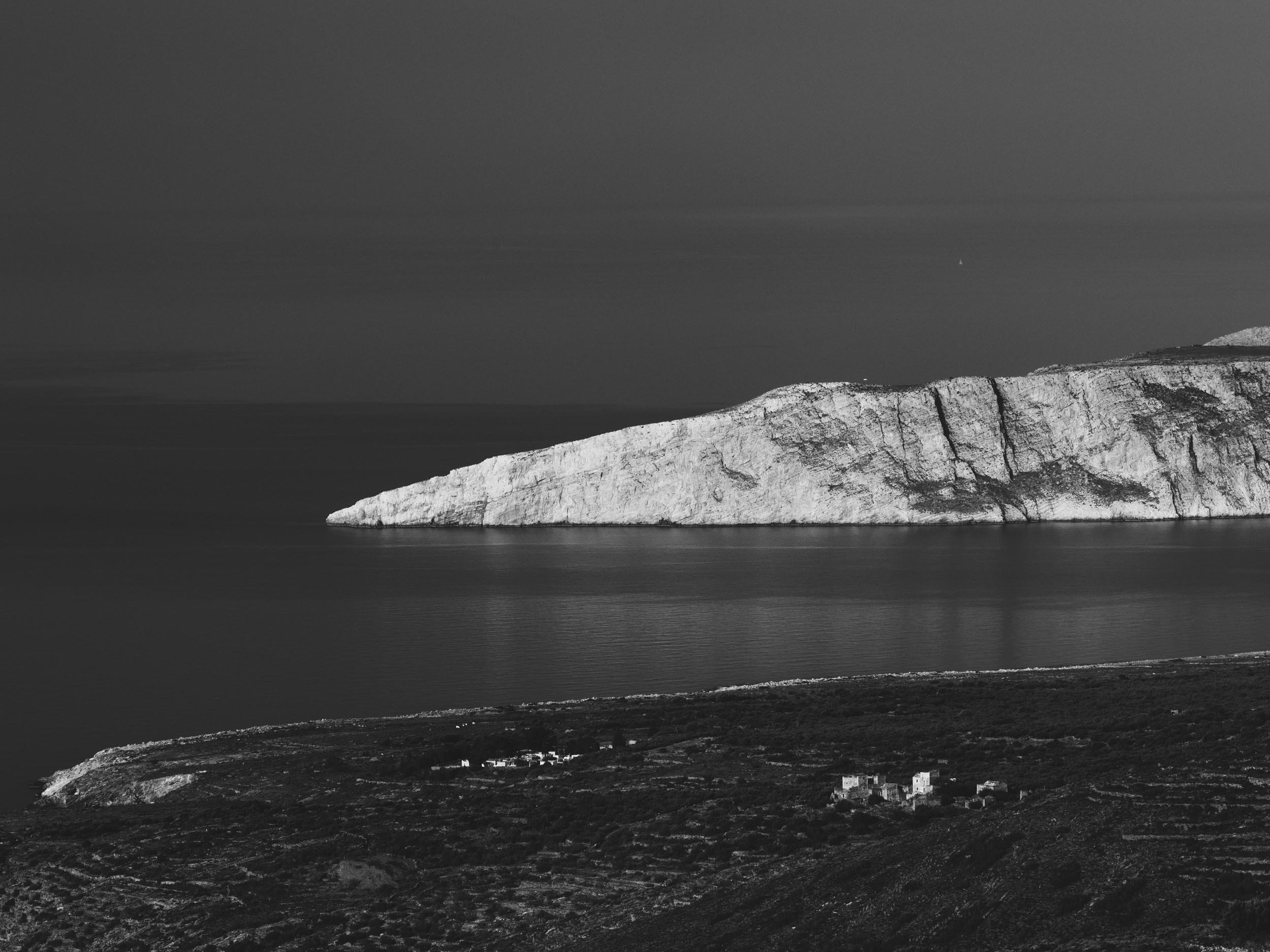Roadtrip,Mani & Cape Tainaro
On February 13, 2022 I visited the region of Mani and cape Tainaro in Peloponesse, the southernmost edge of the Balkan peninsula. My plan was to photograph seascapes in color, however, while crossing the amazing land of Mani I was catched by the wild mountain scapes, the stone-builded -often abandoned- settlements and the dramatic winter light. I decided to edit and present this photo set in BnW.
Below I share an informative article about the region of Mani by Giannis Saitas, which I found at www.mani.org.gr, probably the only online resource related to Mani's history and culture.
By Giannis Saitas, architect, town planner, ethnologist (From the presentation at the First Mani Congress, Piraeus 02.06.2001) Source: http://www.mani.org.gr/
The man-made environment of the peninsula, shaped by long-standing processes and sealed by human effort for survival and independence, has been intertwined with the imposing natural geographical space in a rare, large-scale historical and aesthetic ensemble.
With a total area of 930 sq.km. and population, which from the 17th to the 20th c. ranged between 20,000 to 50,000 inhabitants, the peninsula was very densely populated. The dense network of 120 to 250 settlements mentioned by the statistics of the time, formed a peculiar and rare spatial organization.
In combination with the separate composition of the settlements, the architecture of the buildings and the plethora of monuments, the area stands out as a special and important unit in the national space. In the Peloponnese, apart from Mani, other similar places are Tsakonia and the mountainous settlements of the central hinterland.
Also, based on cultural and tourist resources, the Mani Peninsula is evaluated as a place of international prominence in the Peloponnese and is classified along with archaeological and historical sites such as Epidaurus, Nafplio and Mycenae, Olympia, Sparta and Mistras.
The rich cultural reserve of the peninsula includes many categories of works from the Paleolithic, Neolithic, ancient, medieval and modern periods. However, we must point out that locating, mapping, documenting, interpreting and publishing the findings on monumental wealth is not yet sufficient.
This limited knowledge and information of both the local population and the local and central authorities, as well as the Greek and international community, has as a result made difficult the efforts for the management and protection of the cultural goods as well as their limited participation in the development planning. . At the same time, many monuments are destroyed either by the wear and tear of time, or by ignorance and inability to save them, or by misguided human interventions.
Therefore, the recording, the documentation, the interpretation of the monumental wealth must be the subject of systematic interdisciplinary research programs, which with their publication will give a different image of the area and will allow the title of the "Open Museum" to be better realized. in recent years it is attributed to Mani.







































